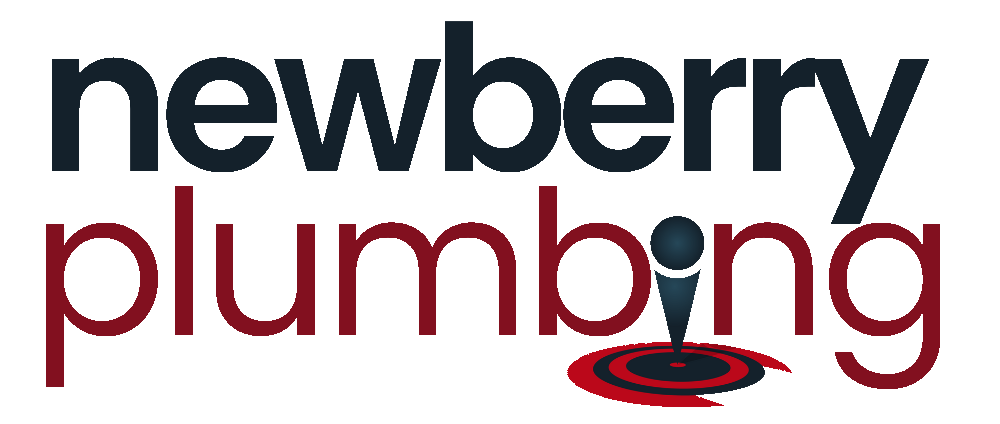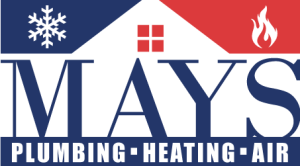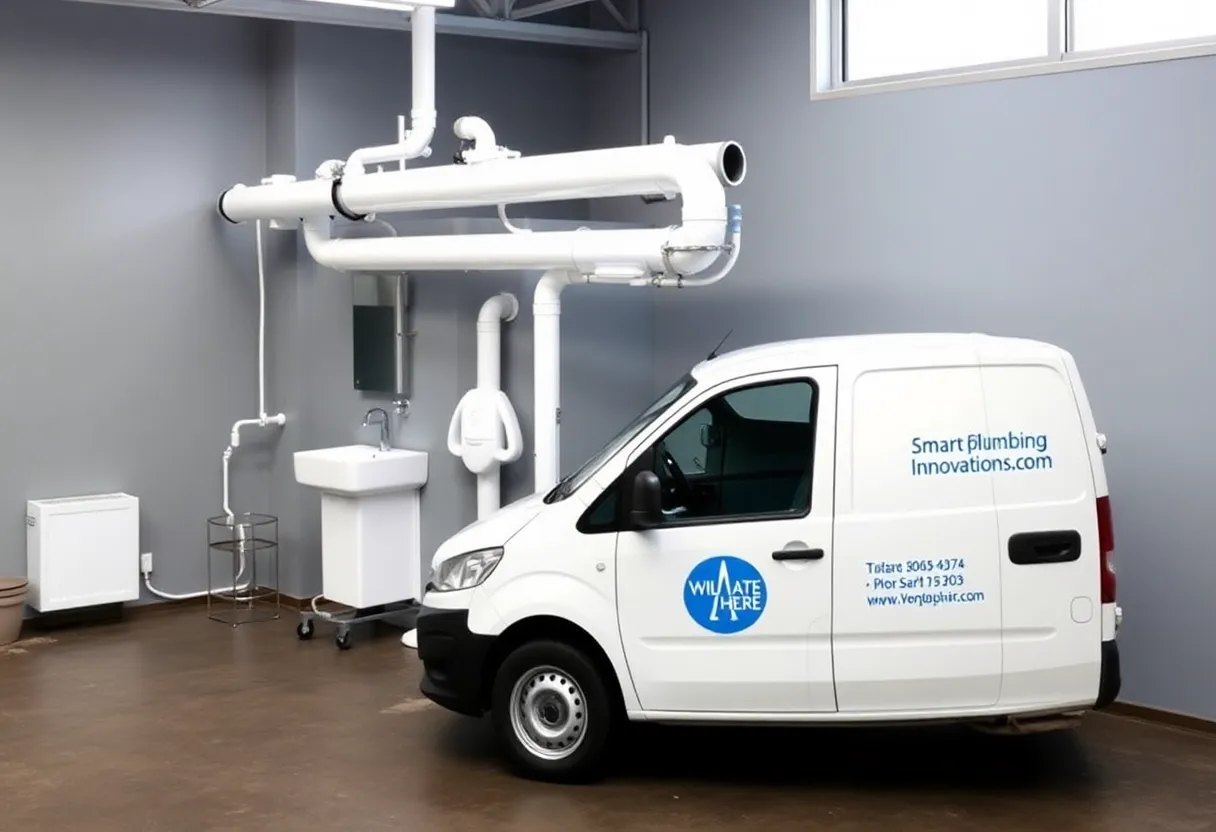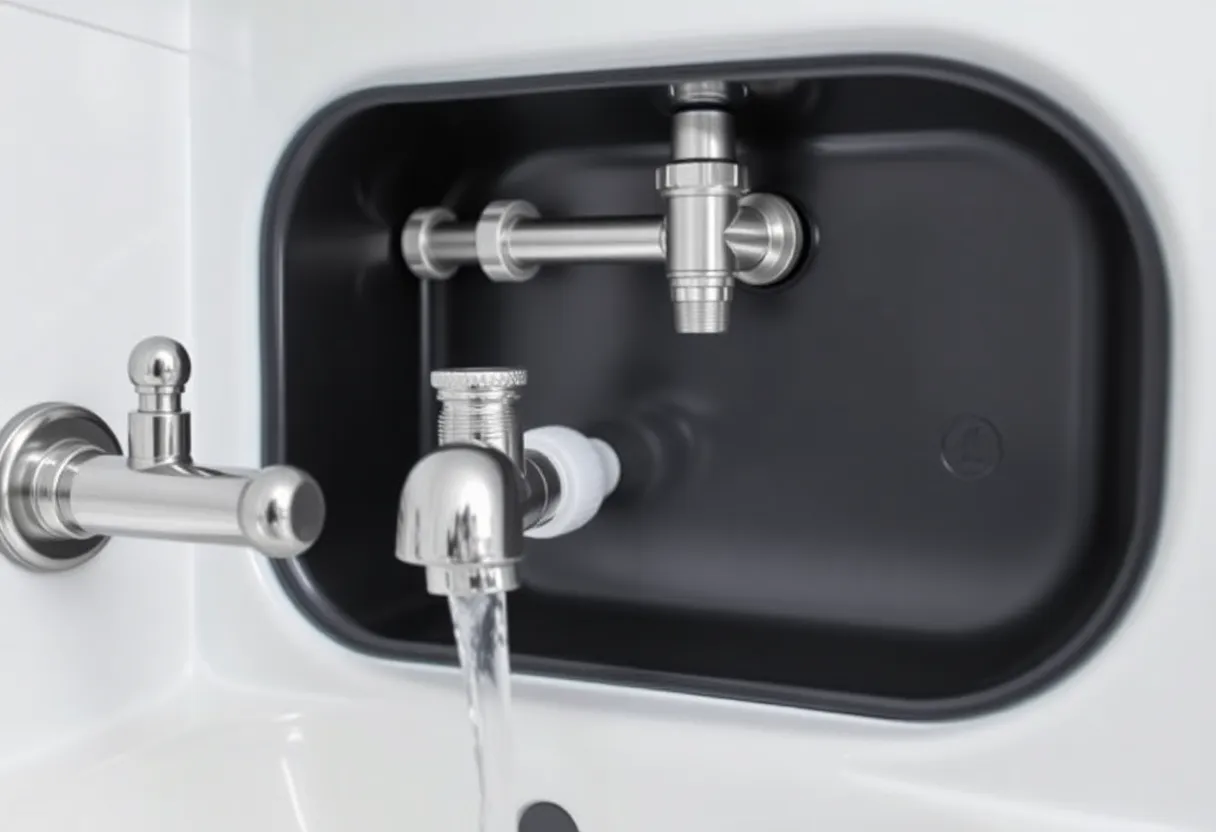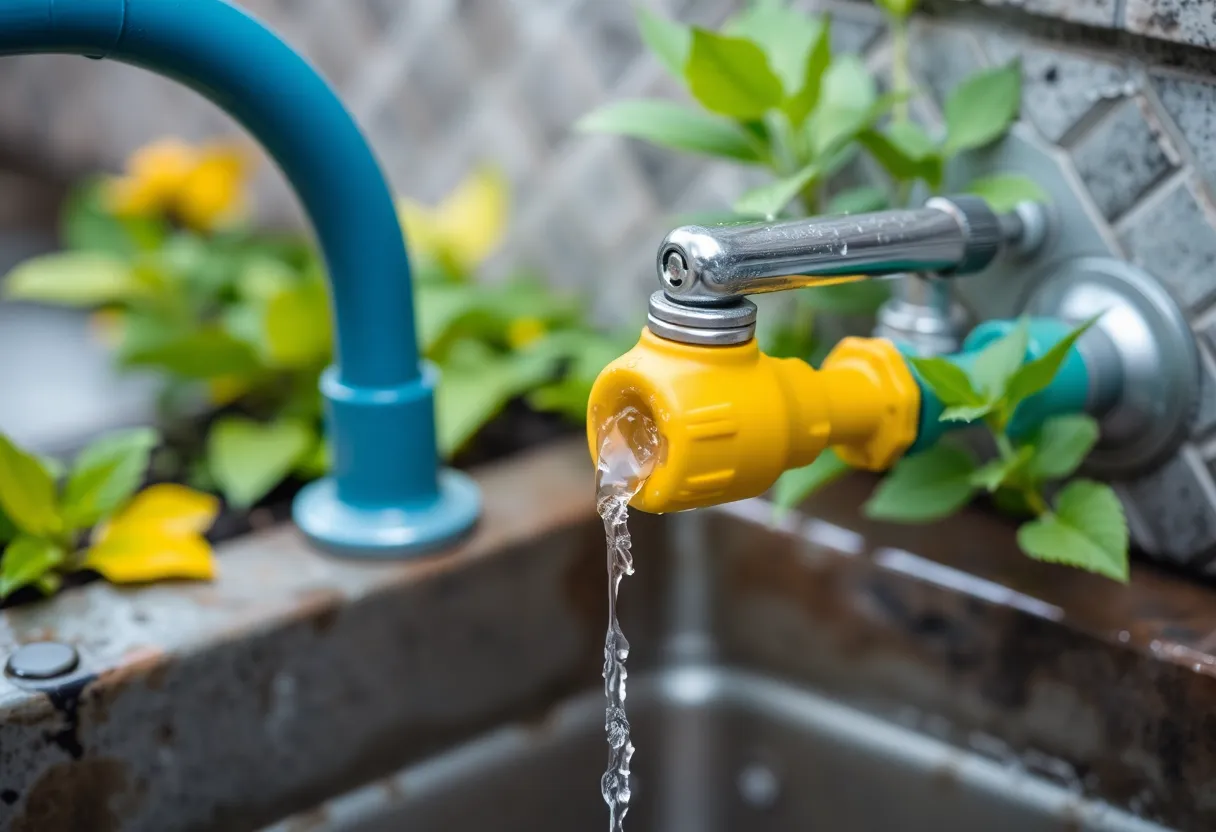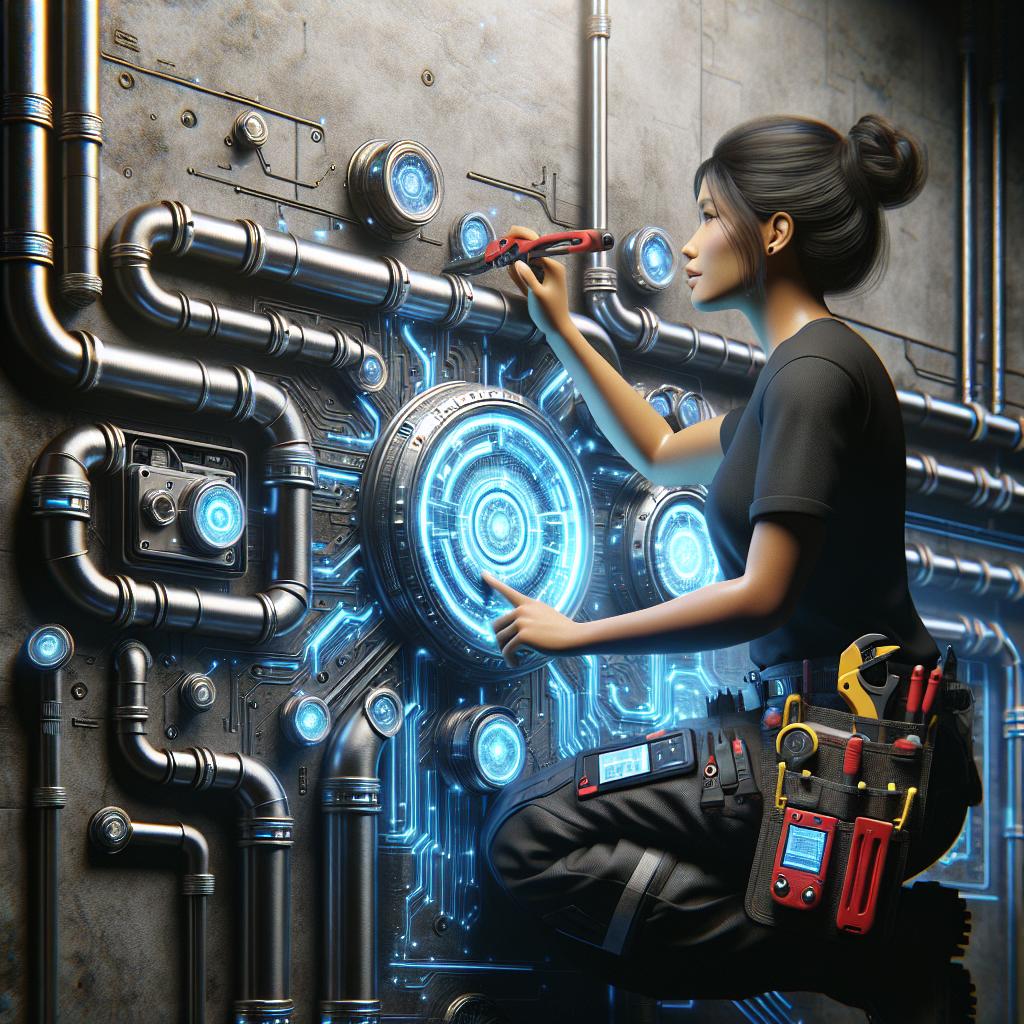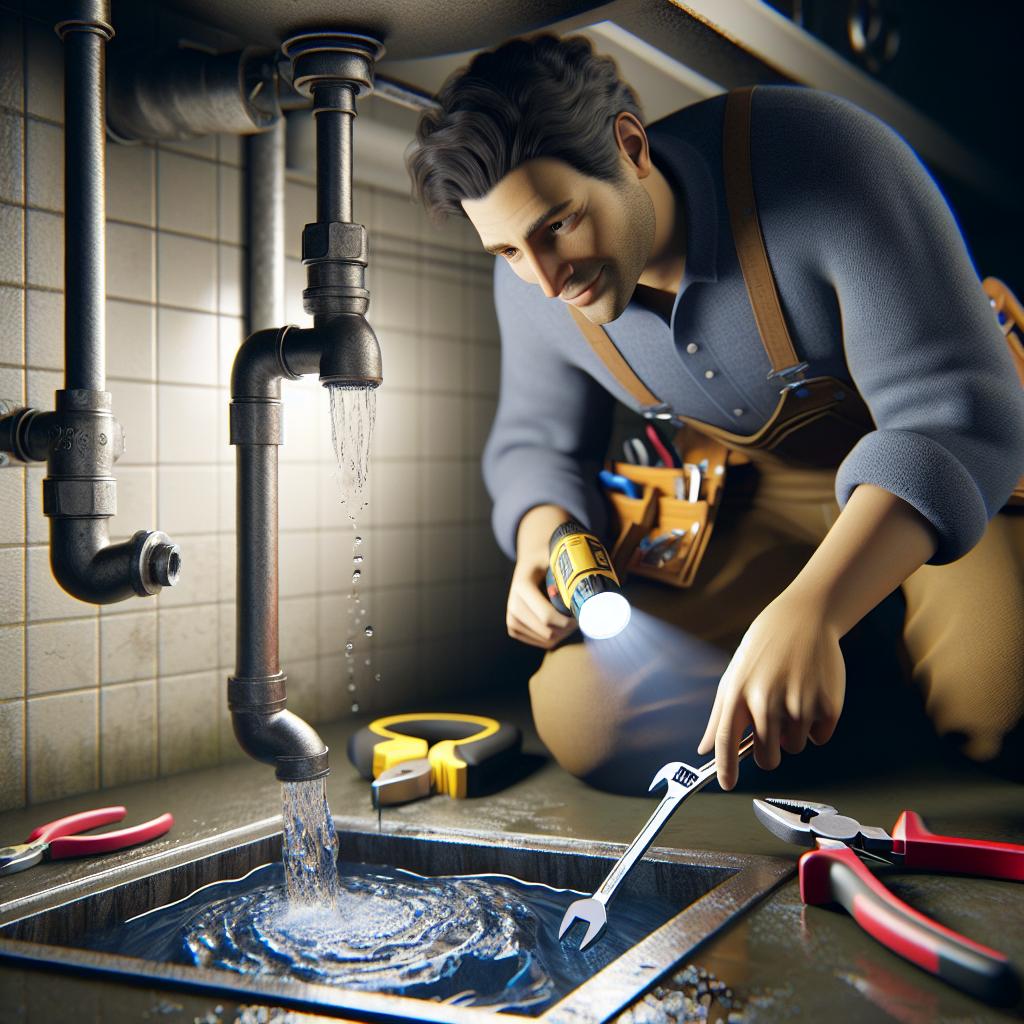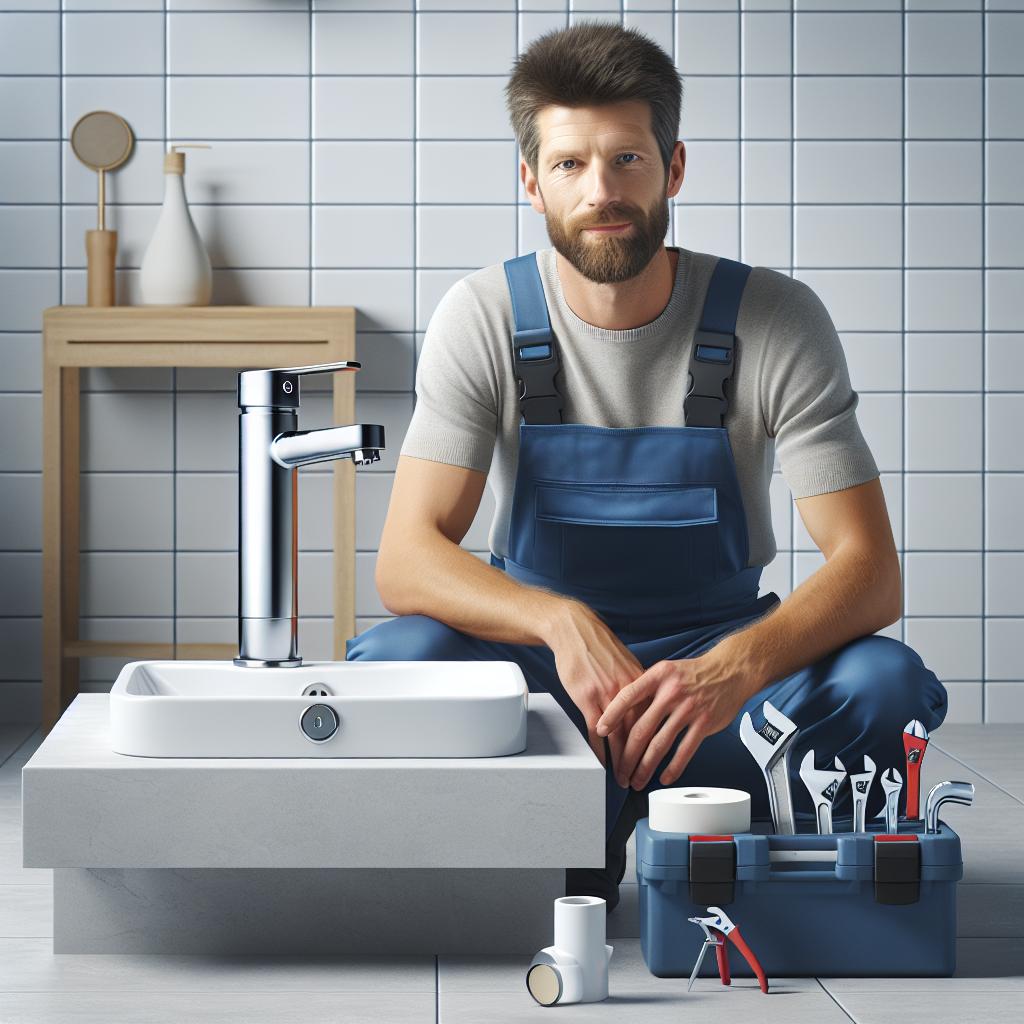The Future of Plumbing: 10 Innovative Trends You Can’t Afford to Ignore
The plumbing industry has always been crucial in ensuring that our water systems function smoothly. However, as we approach a more tech-savvy future, numerous trends are emerging that promise to transform the plumbing landscape. This article delves into ten innovative trends that are shaping the future of plumbing. Whether you’re a homeowner, a plumber, or simply curious about the industry, these trends are significant milestones that you can’t afford to overlook.
1. Smart Plumbing Systems
As technology continues to evolve, so does plumbing. Smart plumbing systems are becoming increasingly popular, allowing users to monitor and manage their water usage through smartphones and other devices. These systems provide real-time data, alerting homeowners to leaks or irregular usage patterns before they escalate into significant issues.
Benefits of Smart Plumbing
- Convenience: Control water systems remotely from your smartphone.
- Efficiency: Identify leaks and conserve water, ultimately reducing utility bills.
- Peace of Mind: Receive notifications about plumbing issues, allowing for quick responses.
2. Eco-Friendly Plumbing Solutions
With increasing awareness of environmental issues, eco-friendly plumbing solutions are on the rise. From low-flow fixtures to rainwater harvesting systems, these innovations help conserve water and reduce the environmental impact of plumbing.
Popular Eco-Friendly Options
- Low-Flow Toilets: Significantly reduce water usage per flush.
- Tankless Water Heaters: Heat water on demand, cutting down energy costs.
- Greywater Recycling: Reuse household wastewater for irrigation.
3. Advanced Pipe Technologies
The materials used in plumbing are evolving, with new innovations making pipes more durable and efficient. Pipes made from advanced materials such as cross-linked polyethylene (PEX) and copper alternatives are gaining popularity for their resistance to corrosion and ease of installation.
Advantages of Modern Pipe Technologies
- Longevity: Modern pipes can last longer than traditional materials.
- Flexibility: PEX can be easily maneuvered around obstacles.
- Cost-Effective: Reduced labor costs due to easier installation processes.
4. Water-Saving Technologies
As the demand for water increases, the need for water-saving technologies becomes more critical. Plumbing innovations focus on reducing water usage without sacrificing performance, making sustainable living more achievable.
Effective Water-Saving Devices
- Smart Showerheads: Optimize water flow while providing a luxurious shower experience.
- Pressure Regulating Valves: Maintain optimal pressure, reducing water consumption.
- Water Recirculation Systems: Reduce wait times for hot water, enhancing efficiency.
5. Enhanced Leak Detection Systems
Leaks can cause considerable damage and expense if left unchecked. Enhanced leak detection systems utilize advanced sensors and technology to identify leaks in real-time, notifying homeowners before damage occurs.
Key Features of Leak Detection Systems
- Smart Alerts: Receive push notifications on your smartphone.
- Data Logging: Monitor water usage trends and patterns over time.
- Remote Access: Check your plumbing status anytime, anywhere.
6. Virtual Reality Training for Plumbers
Training methods are evolving, and virtual reality (VR) is becoming a valuable tool for training plumbers. VR allows trainees to engage in realistic, simulated plumbing scenarios without the risk of real-world consequences.
Advantages of VR Training
- Safe Learning Environment: Practice complex skills without fear of mistakes.
- Cost Efficiency: Reduce training costs associated with physical materials.
- Instant Feedback: Receive real-time evaluations on performance and skills.
7. Robotics and Automation in Plumbing
The introduction of robotics and automation into plumbing is a game changer. Automated systems can assist in various plumbing tasks, from installation to maintenance.
Current Applications of Robotics
- Pipe Inspection Robots: Navigate through pipelines to detect blockages or damage.
- Automated Valve Control: Facilitate optimal water flow management.
- Repair Robots: Perform minor repairs with minimal human intervention.
8. Plumbing as a Service
As the subscription economy grows, Plumbing as a Service (PaaS) is emerging as a viable business model. This approach offers ongoing maintenance services for a fixed monthly fee, providing homeowners with peace of mind.
Benefits of PaaS
- Predictable Costs: Avoid unexpected repair bills.
- Peace of Mind: Regular check-ups and maintenance ensure plumbing systems remain efficient.
- Priority Service: Receive quicker emergency responses.
9. Innovative Water Filtration Systems
As concerns about water quality persist, innovative water filtration systems are becoming essential. These systems ensure that the water received in our homes is clean and safe for consumption.
Features of Modern Water Filtration
- Multi-Stage Filtration: Remove a variety of contaminants effectively.
- Sustainability: Many systems are designed for eco-friendly operation.
- Smart Monitoring: Track filter performance and replacement needs through apps.
10. Increased Focus on Health and Safety
As the world becomes more health-conscious, the plumbing industry is shifting its focus toward health and safety. Innovations in plumbing aim to minimize health risks associated with contaminated water and inefficient systems.
Health-Centric Plumbing Innovations
- Touchless Fixtures: Reduce the spread of germs in public restrooms.
- UV Water Purification: Kill harmful bacteria and viruses in the water supply.
- Advanced Drainage Systems: Prevent wastewater backflow to protect public health.
Conclusion
As we look to the future, it’s clear that the plumbing industry is undergoing a significant transformation. The rise of technology and eco-conscious solutions offers exciting opportunities for enhancements in efficiency, safety, and sustainability. By staying ahead of these ten innovative trends, homeowners and professionals alike can adapt to the changes that will shape the plumbing landscape for years to come. Embracing these advancements not only prepares us for a better and smarter plumbing system but also fosters a more sustainable future for our environment.
